Our picks for books, videos, websites, and other social justice education resources 31.2
Picture Books
Somos como las nubes/We Are Like the Clouds
By Jorge Argueta
Illustrated by Alfonso Ruano
(Groundwood Books, 2016)
36 pp.
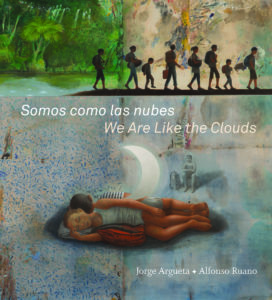
Stunning illustrations and short poems describe the beauty of life in El Salvador. Then we learn about the threats from gangs that in recent years have forced many to flee their homeland and take the dangerous journey north.
Jorge Argueta was among the first wave of Salvadoran refugees, who fled the U.S.-funded war in their country during the early 1980s. After the war ended, the United States deported immigrants and their children accused of joining gangs. The gang violence, combined with the economic crisis in the region, has led to the current wave of refugees. Argueta collected testimonials from young people who came in this second wave. Then he wrote poems based on their stories about the hardship of leaving family behind and the perils of the journey. Also highly recommended for young children on migration from Central America to the United States is Pancho Rabbit and the Coyote by Duncan Tonatiuh (see Resources, winter 2014-15). 2nd grade and above.
Milo’s Museum
By Zetta Elliott
Illustrated by Purple Wong
(Rosetta Press, 2016)
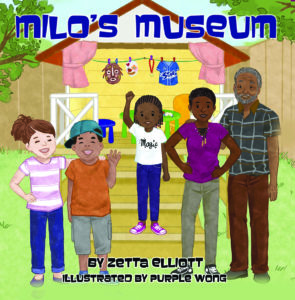
Milo’s class goes on a field trip to a museum. Milo learns about the roles of curators and docents, but learns nothing about her own community’s heritage, which is missing from the exhibits. Inspired by the suggestion of her aunt, she sets out to create her own museum with objects that illustrate her family’s history. As curator and docent, she reclaims and honors that history. Milo’s Museum will inspire many young readers to create their own museums and to look at field trips and museums with a more critical eye.
Upper Elementary
Fannie Never Flinched: One Woman’s Courage in the Struggle for American Labor Union Rights
By Mary Cronk Farrell
(Abrams Books, 2016)
56 pp.
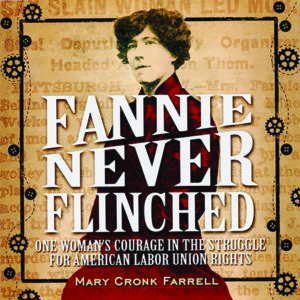
This beautiful book about early 20th-century labor organizer Fannie Sellins begins with her murder by sheriff’s deputies, in broad daylight, at the age of 47. No one is prosecuted. Mary Cronk Farrell then jumps back 20 years to trace Sellins’ life organizing garment and mine workers. Full of photos and primary documents, Fannie Never Flinched puts Sellins’ story in the context of the struggles of workers and the labor movement during the “Gilded Age.” As Farrell, a skilled and engaging nonfiction writer, explains in the author’s note, during the research for the book she realized that the murder of Sellins is part of a much larger pattern of violence against working people.
Answering the Cry for Freedom: Stories of African Americans and the American Revolution
By Gretchen Woelfle
Illustrated by R. Gregory Christie
(Calkins Creek, 2016)
238 pp.
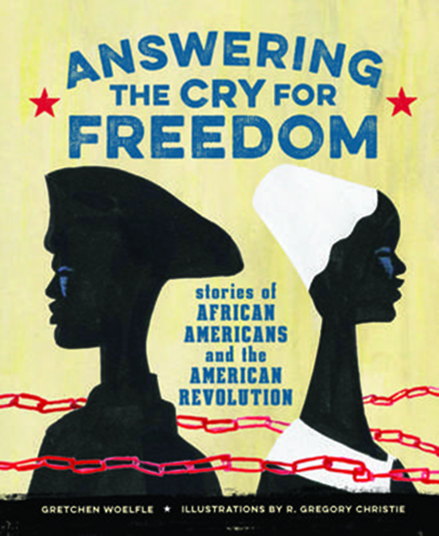
Answering the Cry for Freedom features engaging stories that use original sources and news accounts of the lives of 13 African Americans—few of whom have made it into standard history textbooks. Some are free, others enslaved, some side with Britain and others with the patriots. All
of them are fighting for the rights promised in the Declaration of Independence but denied to many. Excellent for read alouds, book circles, or background research for role plays about the U.S. Revolutionary War and the writing of the Constitution. Upper elementary through middle school.
Middle/High School
Fred Korematsu Speaks Up
By Laura Atkins and Stan Yogi
Illustrated by Yutaka Houlette
(Heyday, 2017)
112 pp.
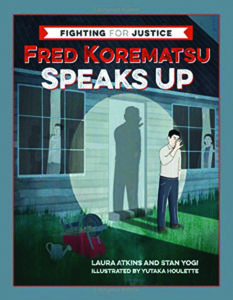
Not enough students learn about the internment (better described as imprisonment) of Japanese Americans during World War II in the United States. But of those who do, even fewer learn about resistance by Japanese Americans. Fred Korematsu believed that what the U.S. government was doing was unconstitutional and fought his internment all the way to the Supreme Court. That is why this story should be in every classroom. Filled with photos, primary documents, and illustrations, this book tells Korematsu’s story, including how the case was reopened in 1983 when lawyer Peter Irons found hidden documents at the National Archives. With discussions of a “Muslim registry” in the news, this book couldn’t be more timely. Middle school and above.
So the Heffners Left McComb
By Hodding Carter II
(University Press of Mississippi, 1965, 2016)
176 pp.
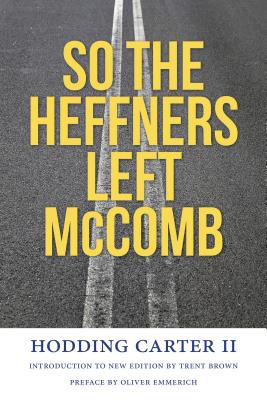
This is one of the best books around describing how white supremacy keeps white people from “crossing the line” and uniting with people of color. Journalist Hodding Carter II tells the story of a well-respected, middle-class white family in McComb, Mississippi, who invited two white civil rights workers to their home for a couple of hours in 1964 during Freedom Summer. The Heffners were not radicals, they were simply trying to be hospitable. The backlash from their peers in the white community was immediate and brutal. The Heffners were harassed and terrorized to the point where they had no option other than to leave town permanently. Long out of print, So the Heffners Left McComb has just been reissued with an extensive introduction by historian Trent Brown. Brown notes that the story of the Heffners “demonstrates the power of fear, conformity, community pressure, and threats of retaliation of many sorts that silenced so many white Mississippians.” Highly recommended for high school and adults for understanding the “divide and conquer” tactics that continue today.
Lion Island: Cuba’s Warrior of Words
By Margarita Engle
(Atheneum Books, 2016)
176 pp.
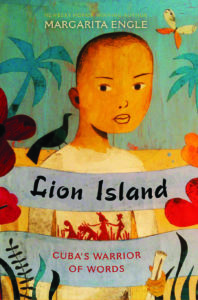
Lion Island is Margarita Engle’s final volume in a series of historical verse novels about the struggle against forced labor in 19th-century Cuba. Lion Island tells the story of Chinese Afro-Cuban Antonio Chuffat, who collected testimonials for China during their official investigation of abuses in the contract labor system. Professor Amina Chaudhri notes: “Margarita Engle draws attention to topics as diverse as forced migration, foreign policy, cultural blending, racism, poetry, love, peaceful resistance, and the power of words. This poetic glimpse into Cuba’s troubled past shines a light on an important human rights activist and will pique readers’ curiosity about Cuba’s complicated history.” Middle school and above.
Video
First Light
upstanderproject.org/firstlight
(Upstander Project, 2015)
13 min.

First Light tells the horrific story of Native American children being forcibly removed from their homes in Maine. The close-up look at Maine gives this film its personal and poignant feel, but the film emphasizes that this was a national phenomenon. As Col. Richard H. Pratt, founder in 1879 of the genocidal Carlisle Indian Industrial School in Pennsylvania, said: “Transfer the savage-born infant to the surroundings of civilization, and he will grow to possess a civilized language and habit.” First Light is a painful but hopeful film, as it focuses on the Maine Wabanaki-State Child Welfare Truth and Reconciliation Commission, an effort to encourage victims of forcible removal to tell the truth about their experiences and to gain support. Background and teaching materials are included at the website.

